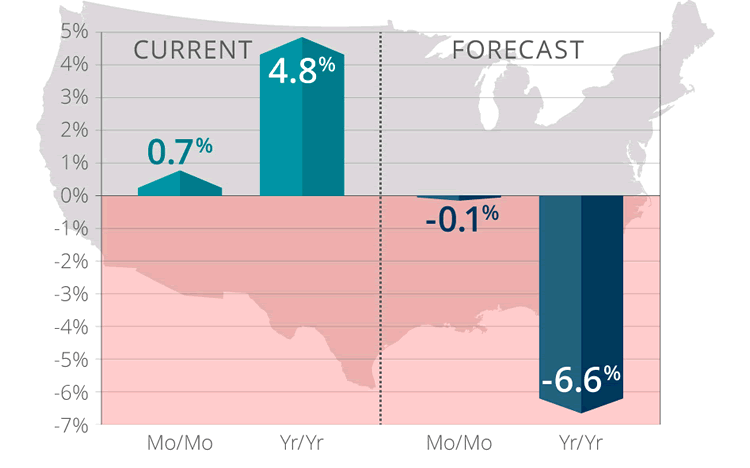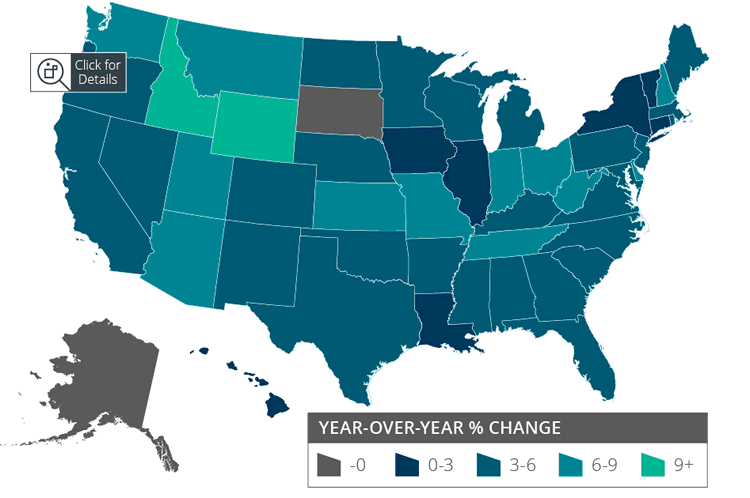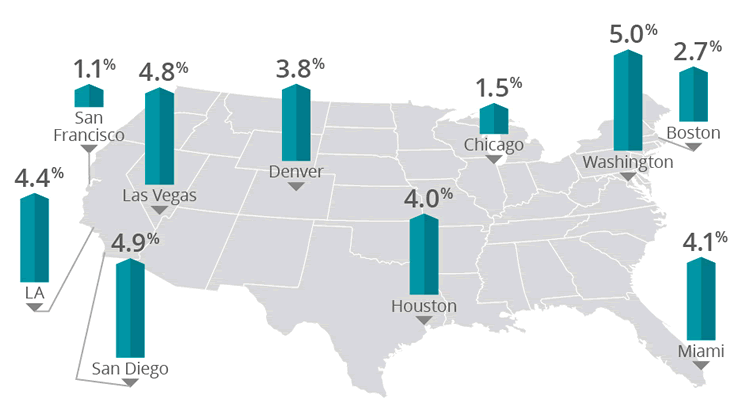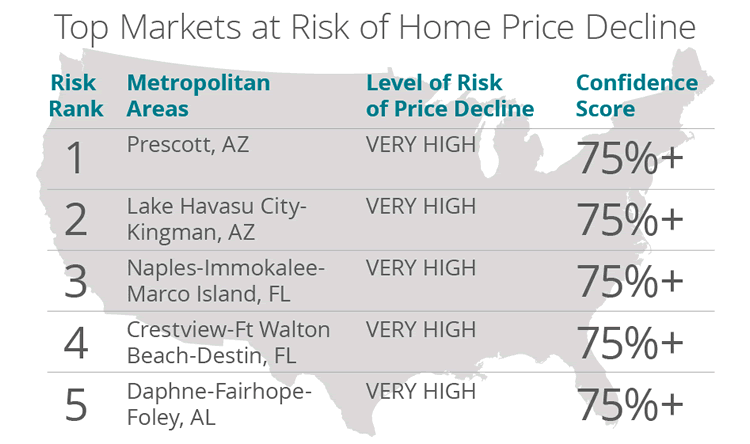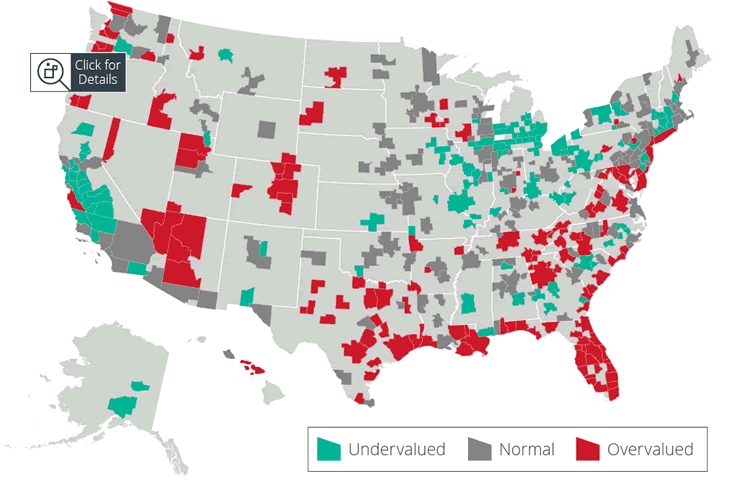
|
CoreLogic: House Prices Up 4.8% Year-Over-Year in May May 2020 National Home Prices Forecast Prices Nationally
“Pending sales and home-purchase loan applications are higher than in June of last year and reflect the buying activity of millennials. By the end of summer, buying will slacken and we expect home prices will show declines in metro areas that have been especially hard hit by the recession.”
COVID-19 Impact on Home Prices Unlike the Great Recession, the current economic downturn is not driven by the housing market, which continues to post gains in many parts of the country. While activity up until now suggests the housing market will eventually bounce back, the forecasted decline in home prices will largely be due to elevated unemployment rates. This prediction is exacerbated by the recent spike in COVID-19 cases across the country. “Home-purchase activity, bolstered by record-low interest
rates, continues to exceed expectations despite the severe recession.
Pent-up buyer demand was delayed from spring to summer and is
reflected in the latest price data. But with elevated unemployment,
purchase activity and home prices could fall off after summer.”
HPI National and State Maps - May 2020 The CoreLogic HPI provides measures for multiple market segments, referred to as tiers, based on property type, price, time between sales, loan type (conforming vs. non-conforming) and distressed sales. Broad national coverage is available from the national level down to ZIP Code, including non-disclosure states. Nationally, the year-over-year home price changed by 4.8%. Alaska and South Dakota were the only states to post small annual declines in home prices in May 2020 at -0.2% and -0.1% respectively. The states with the highest increases year-over-year were Idaho (11.7%), Wyoming (9.9%), West Virginia (8.9%) and Missouri (8.8%).
HPI Top 10 Metros Change The CoreLogic HPI provides measures for multiple market segments, referred to as tiers, based on property type, price, time between sales, loan type (conforming vs. non-conforming) and distressed sales. Broad national coverage is available from the national level down to ZIP Code, including non-disclosure states. These large cities continue to experience price increases, with Washington D.C. leading the way at 5% year over year.
Markets to Watch: Top Markets at Risk of Home Price Decline While national home prices remained steady, the pandemic has created a volatile landscape for local housing markets. For example, single-family home prices in Philadelphia experienced an annual gain of 7.7% in May, compared to San Francisco’s 1.1%. The CoreLogic Market Risk Indicator (MRI), a monthly update of the overall health of housing markets across the country, predicts that the following metro areas are at the greatest risk (above 60% probability) of a decline in home prices over the next 12 months: Prescott, Arizona; Lake Havasu, Arizona; Daphne-Fairhope-Foley, Alabama and Naples and Crestview-Fort Walton Beach, Florida. States like Arizona and Florida faced the perfect storm of elevated COVID-19 cases and the subsequent collapse of the spring and summer tourism market, which curtailed home-purchase demand enough to keep a lid on home price gains over the coming year. While harder-hit areas may also experience a slower rebound, the preservation of factors like low mortgage interest rates and a shortage of for-sale supply have already supported prices in some metros and may also encourage home price stabilization nationwide.
Market Conditions Indicators (MCI) Metro Area Maps - May 2020 According to the CoreLogic Market Condition Indicators (MCI), an analysis of housing values in the country’s 50 largest metropolitan areas based on housing stock, 39% of metropolitan areas had an overvalued housing market in May 2020, while 24% were undervalued and 37% were at value. The MCI analysis categorizes home prices in individual markets as undervalued, at value or overvalued by comparing home prices to their long-run, sustainable levels, which are supported by local market fundamentals such as disposable income. The MCI analysis defines an overvalued housing market as one in which home prices are at least 10% higher than the long-term, sustainable level, while an undervalued housing market is one in which home prices are at least 10% below the sustainable level. Coupled with the HPI Forecast, the CoreLogic MCI continues to show the disparity of home prices across metros. In overvalued markets like Las Vegas, where the local tourism economy also took a hit due to COVID-19, home prices are expected to decline by 20.1% by May 2021. Meanwhile, in San Diego—where the market conditions are considered normal—home prices are forecasted to decline just 1.3% over the next 12 months.
|
| © 2006 - 2022. All Rights Reserved. |
